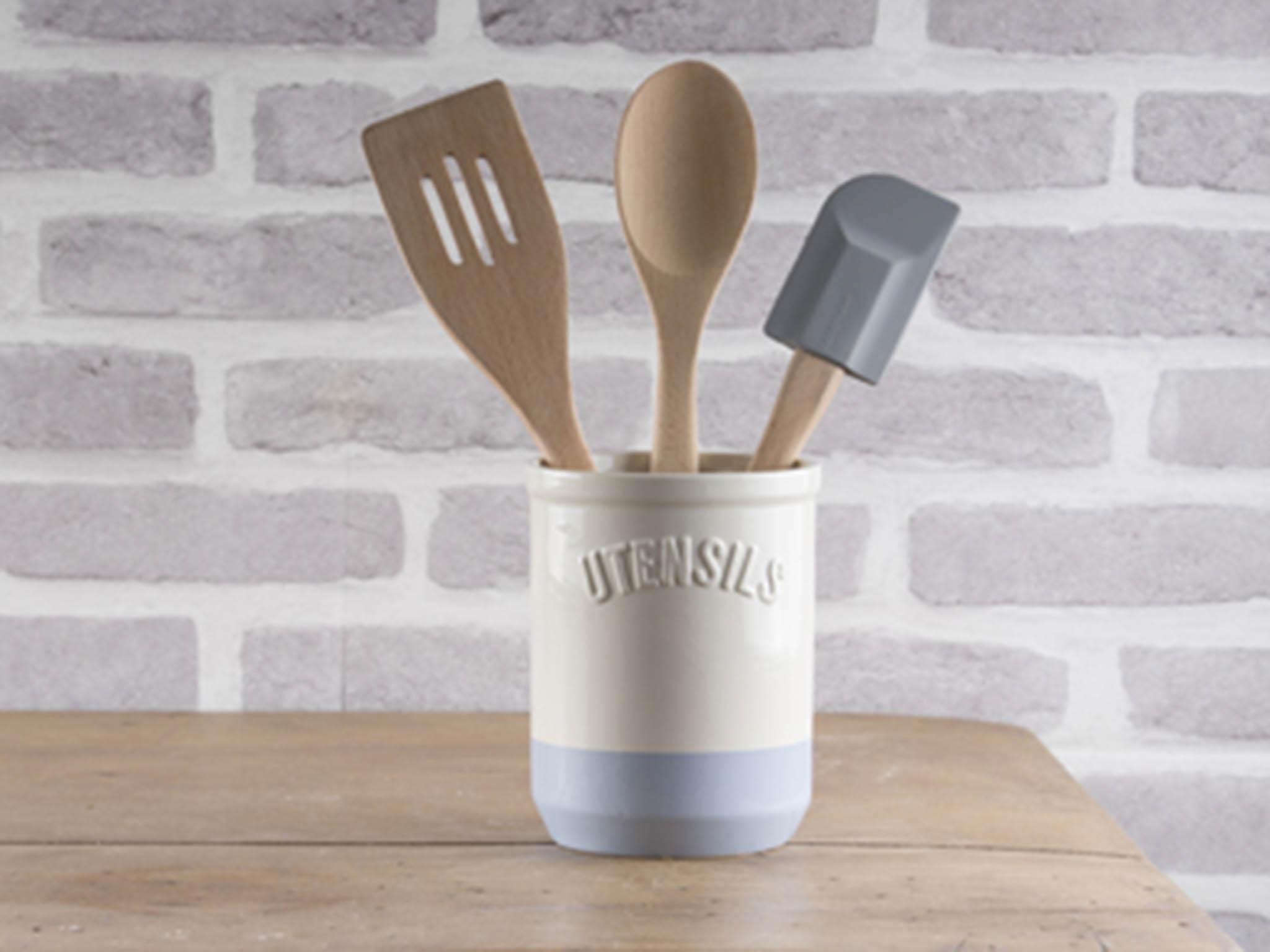Lifting the lid on kitchen storage
Whether it's test tube-style jars with cork lids or plastic clip and lock tubs, getting kitchen storage right reduces waste and makes cooking more of a joy

Storage may not be sexy but it can be a saviour in the kitchen. We’re not talking about cabinets and cupboards – the fixed storage that is designed into kitchens – but rather what goes in them and on them – the jars, canisters, and plastic containers used to store food.
Why is food storage so critical? There are two reasons. The first is that how we store food and what we store it in, ensures food stays fresh and safe to eat.
Anything you use for storing food should be clean, airtight, with no scratches (plastic) or chips (glass and ceramic). It sounds like a no-brainer but check out your own collection and you’ll probably find an old takeaway container (or two) with a wonky lid, or a glass jar with a rusty metal top.
The second reason is sanity. Storing food smartly means you can find it quickly, avoid buying duplicates, and not end up chucking food away because it’s hidden in the back of the fridge growing a beard of mould.

Think about what available space you have and what ingredients you use most often.
If you’re a keen baker, then by all means dedicate a shelf or two for flour, baking soda, sprinkles and the rest.
But if baking is a once a year event, consider packing up all your baking basics into an airtight plastic bin and storing it in a harder to reach cupboard. It will free up space in your kitchen and also means you know exactly where everything is when you need it. Even better, make an inventory so you can see at a glance if you’ve got icing sugar or bread flour before you make a mad dash out to the shops.
Spices can take up a lot of space so first do a prune to get rid of any old ones – a quick glance and a sniff and you can tell if they’ve seen better days. Decide if you need any spices on the counter to have at hand while cooking or if you’re happy to keep them in a cabinet. The closer they are, the more you’ll use them.
But if you don’t want them on the worktop, maybe plump for a spice rack. They come in everything from glass test tubes with cork stoppers to magnetic wall-mounted racks. There are also stackable universal shelves which create additional levels inside a cabinet shelf so you can store spices or other small containers and find them more easily.
Next, think about materials. Plastic has its champions – much of it can be recycled when its tour of duty is done, it’s freezer safe and you’ve got lots of choice in styles and sizes. But plastic has its detractors too. Avoid plastic containing BPA, or bisphenol A which can transfer to the body where it mimics human hormones. To be safe, choose plastic containers that are labelled BPA-free and if you want to go further, don’t microwave plastic containers and hand wash them.
A smart BPA-free line of plastic containers comes from Lock & Lock. These containers feature four hinges that lock down to create an airtight seal. The company says their containers can be opened and closed more than three million times without snapping or breaking; more than enough for an average household. They can be easily stacked in the refrigerator so you get more efficient use of your valuable fridge real estate. Plus, they come in every size imaginable from a tiny 140ml to a whopping 10 litre capacity with a handle which looks like it could double as weekend getaway luggage.

If you want to go for glass, then Pyrex has a clipped-lid line called Cook & Go. The glass containers can go from the oven to fridge and freezer and can be reheated in the microwave. They’re dishwasher safe and resist scratches and stains. The Kilner range of clip top jars is a smart choice for countertop and fridge storage. These are classic preserving jars but they work a treat for general storage too. The square jars are particularly handy because you can maximise the number you can fit in a cupboard. They come in loads of sizes so you could store everything from flour to tea and coffee to granola.
For countertop options, Kilner also has a nice line of push top jars that are ideal for dry ingredients or biscuits and cereal. They have a strong silicone push top seal so food stays fresh and a nice retro look in either glass or ceramic.
Another ceramic storage option to help keep work tops tidy and chaos at a minimum comes from Mason Cash.

Bakewell is their newer line that comes in cream and pastel blue or you could choose the cream and soft brown of the Original Cane line, that echoes their classic mixing and pudding bowls. Either way, they’re sturdy and simple and would tick a lot of storage boxes.
While ceramic, tin, glass and plastic are common materials for storage containers, they’re not the only choice. Typhoon has its Nubu range made from bamboo fibre.
Bamboo has strong eco credentials because it can be harvested every three years without damaging the plant or the environment. It’s also biodegradable.
Clever products in this line include a bread bin which has a lid that doubles as a cutting board. There is also a compost caddy to neatly store food scraps for the compost heap and two different sized storage containers in either cream or red.
Imagining a zen-like countertop lined with these containers, and suddenly storage does seem sexy.
Join our commenting forum
Join thought-provoking conversations, follow other Independent readers and see their replies
Comments
Bookmark popover
Removed from bookmarks